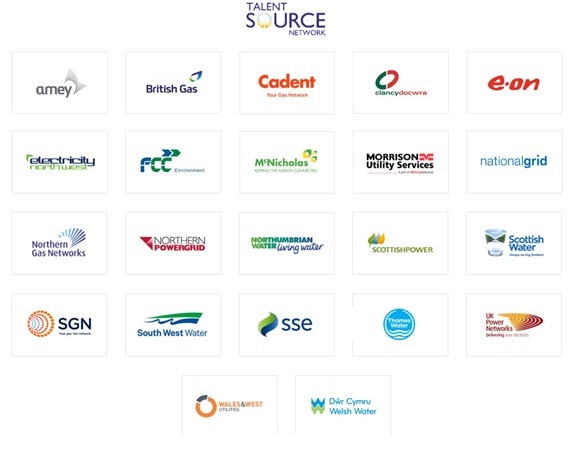Apprenticeship Levy – Energy and Utilities Report Success One Year On

Leading employers in the energy and utilities sector have welcomed the government’s continued commitment to apprenticeships on the first anniversary of the levy’s go-live date, 6 April 2017.*
Across the sector, there are now thousands of people starting new careers through an apprenticeship.
Eleven ‘Trailblazer’ standards have been developed by sector employers, in partnership with Energy & Utility Skills**, resulting in 11 assessment plans already being formally approved. Career pathways now exist through apprenticeships: from levels 2 (roughly equivalent to five GCSEs) up to 7 (equal to a master’s degree).
The new standards ensure that apprentices graduate with the knowledge, skills and behaviours needed to be ‘job ready’ in the highly regulated and safety-critical gas, water, power and waste management industries. The sector took a decision nearly two years ago, to act and learn together to make the new levy policy work.
Nearly 270 apprentices have now completed end-point assessment through the Energy & Utilities Independent Assessment Service (EUIAS), which was developed specifically to provide high quality end–point assessment on the new English ‘Trailblazer’ apprenticeship standards for the sector. The EUIAS has been in the vanguard of adapting to the new standards, securing the first-ever authorised standard, the first apprentice to graduate, the first female engineer at level 2, the first-ever water industry apprentice completion and many others.
 Nick Ellins, Chief Executive of Energy & Utility Skills, said:
Nick Ellins, Chief Executive of Energy & Utility Skills, said:
“The sector supported the concept of generating a large pipeline of new UK talent through apprenticeships right from the very start, and dedicated its efforts to making reforms work. The sector’s success and achievements speak for themselves. As one of the UK’s key STEM sectors, our employers have been in the vanguard of English Trailblazer introduction; securing the first standard and graduating the first-ever apprentices. They are a vital element of our approach to workforce resilience, as we address significant recruitment challenges. ***
“The introduction of the levy transfer policy, which will permit up to 10% of levy funds to be transferred for use by our sector’s vital supply chain companies, now gives us further opportunity to deliver more, and it is welcomed, but there is more to do.”
“Skills policy is currently devolved, with no central guiding mind working to meet the challenge of a continually tightening UK labour market. There is also yet to be a plan to ensure that the needs of the industries of critical strategic value to the UK are prioritised, through an efficient and targeted approach.”
“The utility sector ultimately serves 65 million citizens every day, and what they do underpins our very economy and society. With their critical role for our country, their proven commitment to trying new approaches in this area and their track record of success, why not try more holistic thinking here?”
Ellins concluded: “While we have always welcomed the strategic aim of the apprenticeship levy to stimulate more talent into the labour market, the workforce resilience needs and skills gaps faced by UK employers are much broader. Simply put, labour market challenges in a post-European environment don’t pause at the English borders. Workforce resilience and sustainability needs ‘thinking in the round’ and could never be addressed by English apprenticeships alone. Policy makers know this and can make quick gains by recognising the vital other areas of upskilling and professional development needed to make UK businesses operate efficiently and effectively. The levy can enable that success but right now is restricted purely to apprenticeships.”
* Apprenticeship Levy is charged at 0.5% of employers’ annual pay bills that exceed £3 million, to fund apprenticeship training.
** Energy & Utility Skills is at the forefront of bringing our industry leaders together to identify and address the skills challenges our sector faces. It provides membership, assurance and skills solutions to help employers attract, develop and retain a sustainable skilled workforce. It collaborates with employers to support their workforce needs and sector-wide workforce mobility.
*** The Workforce Renewal and Skills Strategy reported that 221,000 vacancies will be created across the entire energy and utilities sector by 2027. This will be made up of 100,000 existing employees who will retire, 90,000 who will move to jobs outside the sector, and another 31,000 that will be required to fill newly-created roles.
Energy and utilities combined account for the greatest share of the UK Infrastructure and Construction Pipeline (2017/18 – 2020/21). The combined share is 43% (£104.8bn), which is significantly greater than the next largest category – transport at £78.5bn, which is responsible for 29% of 2017/18 – 2020/21 Pipeline.











Responses